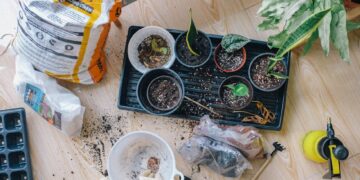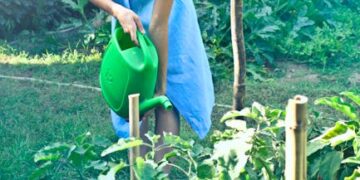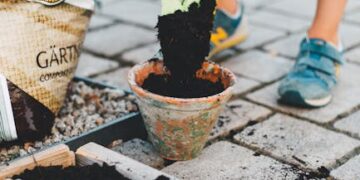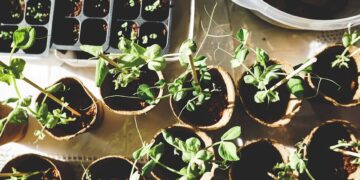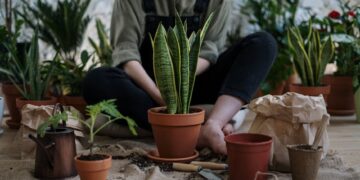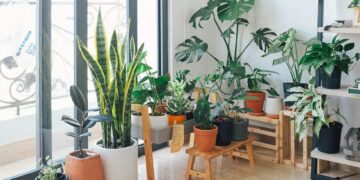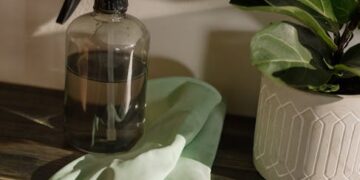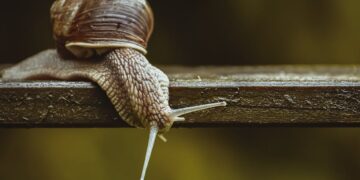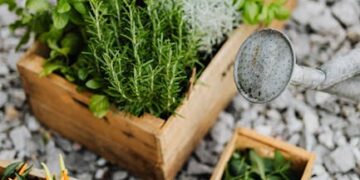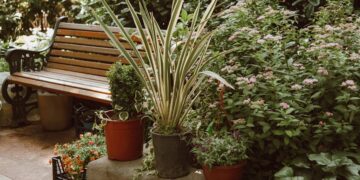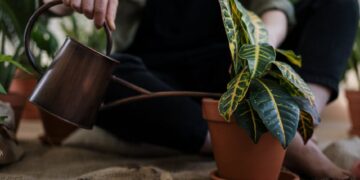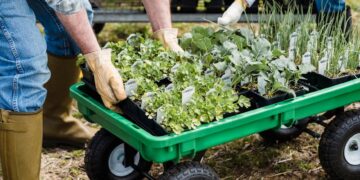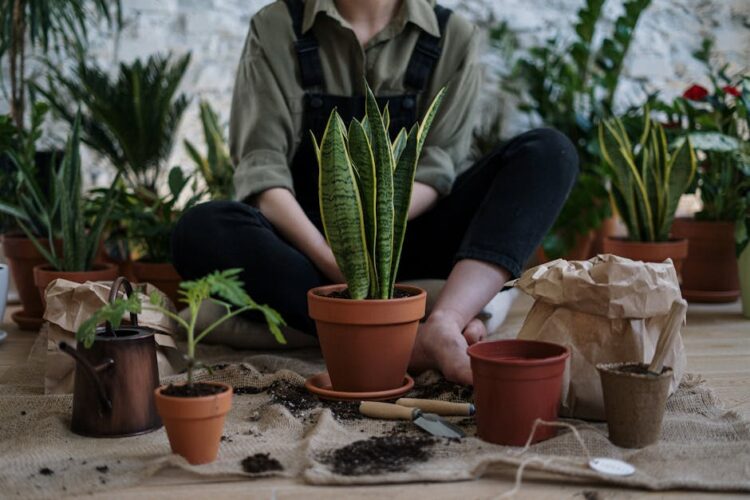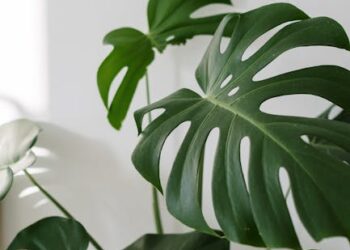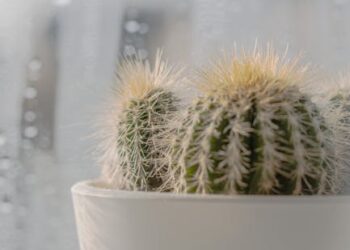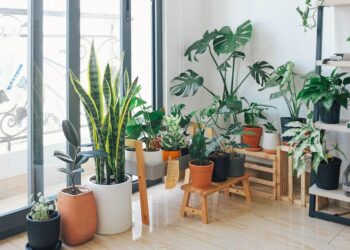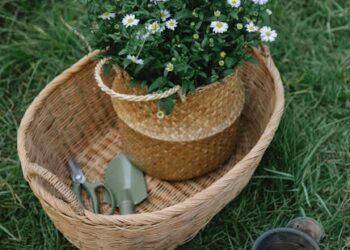Transform Your Home with These Easy Indoor Gardening Ideas
Indoor gardening isn’t just about adding a splash of green to your living space. It’s a rewarding activity that can beautify your home, purify your air, and even improve your mental health. Whether you’re a seasoned green thumb or a gardening newbie, these simple and creative indoor gardening ideas will help you cultivate a lush indoor oasis.
Understanding the Basics of Indoor Gardening
Before diving into specific gardening projects, let’s cover the essentials. Successful indoor gardening depends on understanding a few key factors:
- Light: Most houseplants need good lighting. South-facing windows are ideal, but if your space lacks natural light, consider supplemental LED grow lights.
- Water: Overwatering is a common mistake. Ensure pots have drainage holes and water only when the topsoil feels dry.
- Soil: Use potting mix suited for indoor plants. Avoid using outdoor garden soil as it may contain pests and weeds.
- Temperature: Most indoor plants thrive in temperatures between 65°F and 75°F (18°C to 24°C).
- Humidity: Many houseplants, like ferns and orchids, thrive in high humidity. Consider a humidifier or a humidity tray to increase moisture levels.
Easy Indoor Gardening Projects for Beginners
Now that you’re familiar with the basics, let’s explore some beginner-friendly indoor gardening ideas that are as fun as they are rewarding.
Herb Garden in Your Kitchen
Start a culinary herb garden on your kitchen windowsill where they can get plenty of light. Herbs like basil, mint, thyme, and rosemary are both useful for cooking and easy to grow. Use small pots or a single rectangular planter for a compact, yet productive, herb garden.
Succulent Arrangements
Succulents are perfect for those who prefer low-maintenance plants. These little wonders require minimal watering and thrive in well-drained soil. Plant a variety of succulents in a broad, shallow pot for a charming display. Remember, succulents love light, so place them where they’ll get plenty of sunshine.
Vertical Plant Wall
If floor space is scarce, go vertical. A living plant wall not only adds a dramatic flair to your home décor but can also increase the oxygen flow in your room. Use wall-mounted planters or install shelving to hold small plants in a cascading design. Ferns, ivy, and pothos are excellent choices for vertical gardens due to their drapey growth habit.
Intermediate Gardening Challenges
Once you’ve mastered the basics, you might want to try your hand at more challenging indoor garden projects. These ideas will help you step up your gardening game.
Create a Terrarium
A terrarium is like a mini-ecosystem inside a glass container, and it’s a fantastic project for gardeners looking to add a bit of whimsy to their indoor spaces. You can use various plants, such as small ferns, mosses, and air plants, that thrive in the humid, indirect light conditions inside the terrarium.
Indoor Vegetable Garden
Who says you can’t grow vegetables indoors? With adequate sunlight and care, you can cultivate a range of vegetables like tomatoes, peppers, and even carrots. Use larger containers for these plants and ensure they have enough room for their roots to grow.
Advanced Indoor Gardening Tips
For those who are ready to take their indoor gardening to the next level, these tips will help you enhance your green space further:
- Automate Watering: Consider investing in a drip irrigation system for consistent moisture. This is particularly handy for larger indoor gardens or for when you’re away from home.
- Boost Lighting: Advanced growers can optimize plant growth with adjustable LED grow lights that can mimic the natural sunlight cycle.
- Experiment with Hydroponics: This soil-less method of gardening can be a fun experiment and a space-saver. Hydroponic systems allow plants to grow faster and healthier by feeding them directly with nutrient-rich solutions.
Common Questions About Indoor Gardening
How often should I water my indoor plants?
This depends on the type of plant, the size of the pot, and the humidity of your indoor environment. A good rule of thumb is to water when the top inch of soil is dry. However, always check specific care requirements for each plant species.
What are the best indoor plants for low light conditions?
Not all plants require a flood of sunlight. Species like snake plants, spider plants, and peace lilies thrive in low light conditions, making them perfect for rooms without ample natural light.
Can indoor gardening help improve air quality?
Yes! Plants like Boston ferns, English ivies, and rubber plants have been shown to effectively remove toxins and improve air quality within your home. They not only convert carbon dioxide to oxygen but can also trap and absorb pollutants.
Final Thoughts
Indoor gardening brings nature into your home and provides a refreshing, revitalizing presence that can make any space feel more welcoming. Whether you’re a novice looking to start with a simple herb garden or an experienced gardener eager to explore hydroponics, the possibilities are endless. So why wait? Pick your project, gather your supplies, and start your indoor gardening journey today!

